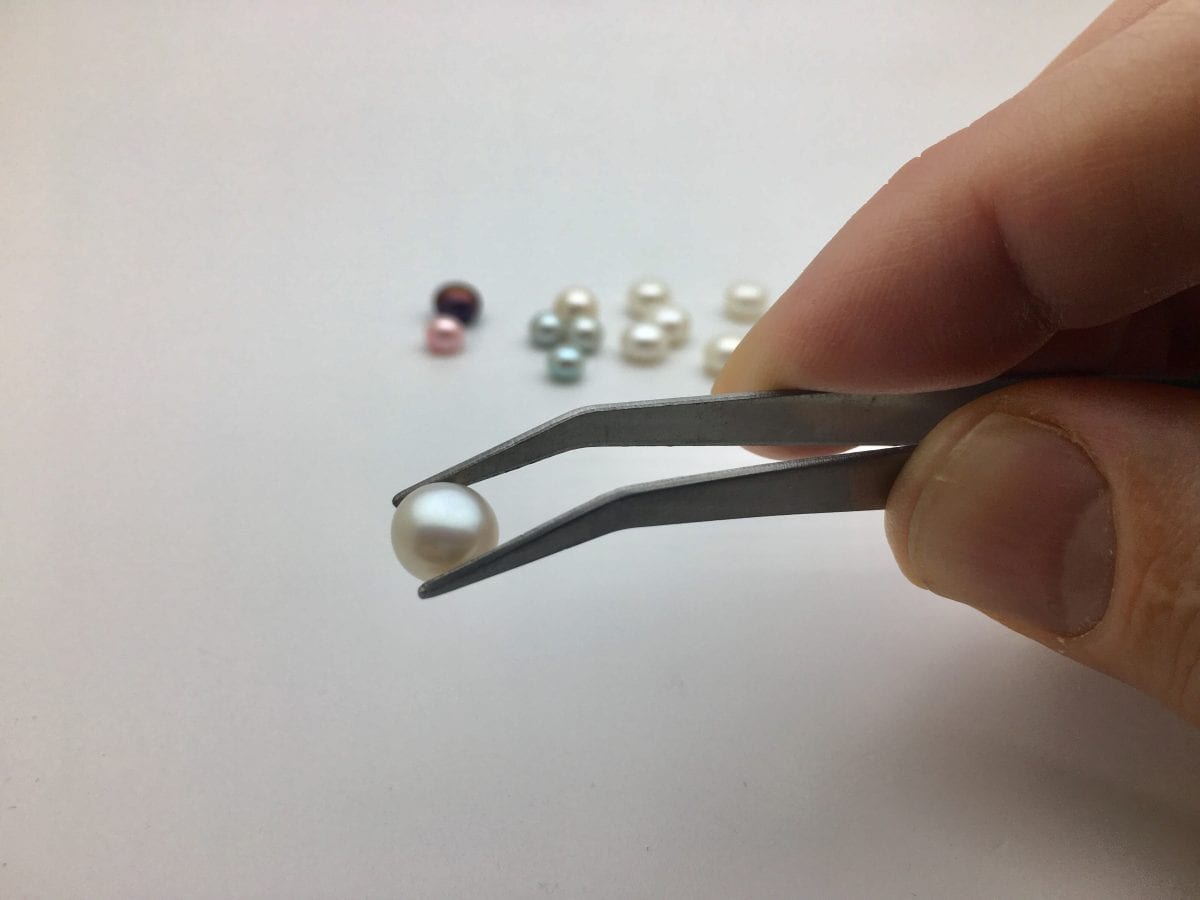I love freshwater pearls. More accessible than natural pearls, these cultured pearls are of exceptional quality. They go perfectly with silver or bronze. Set on rings, earrings or pendants, they sublimate the light with beautiful pearly and soft reflections that draw the eye to the jewel.
Unlike precious stones and semi-precious stones, freshwater pearls are “alive”: they like the contact with your skin because they rehydrate on contact with it. However, avoid exposing them to household cleaning products, perfume, hairspray or makeup. They might lose some of their shine.
Born by accident
Do not hesitate to clean them with a soft cloth moistened with clear water: they love it. Normal, they were born in the water. By accident. A pearl is originally a grain of sand lodged between the pearly shell of the oyster and its mantle. To protect itself, the shell coats the grain of sand with mother-of-pearl. This reaction will give a pretty pearl. This process has been used in the production of cultured pearls for over 4,000 years. The man voluntarily introduces a foreign body into the shell. The more time passes, the more the pearl grows. It takes ten months before you can harvest the finished pearls. The larger ones can develop for three years.
quality pearls
The quality of cultured pearls now equals that of natural pearls. On the market, the quality of a pearl is assessed by the thickness of its mother-of-pearl, its shape, its color, its luster. These criteria are used by the GIA – the world authority on pearls, precious stones and diamonds – to assess the quality of a pearl. The classification goes from AAA to A, even B for very low-end pearls. To make my jewelry, I only use AAA quality pearls, considered the quality of excellence.


